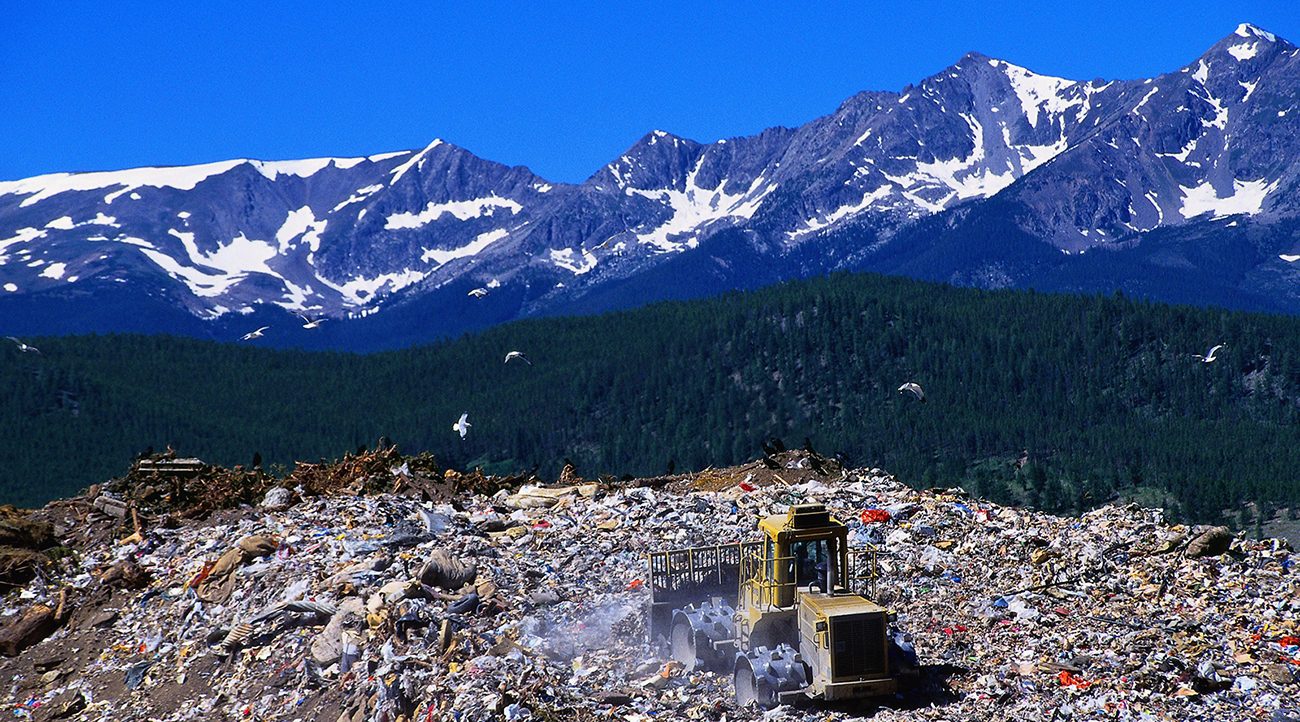This page serves as a resource for current research and data regarding elevated temperature landfills (ETLFs) from subject matter experts. Details found here are based on on-going research from experts in the solid waste industry and are intended to educate the public on ETLFs.
EREF-Funded Research and Articles on Elevated Temperature Landfills
Additional Research
To view Scholars who have worked or are currently working on research projects related to ETLFs, visit our Scholar page.
FAQs
The National Waste & Recycling Association has compiled a list of commonly asked questions and FAQ’s regarding elevated temperature landfills. To view the PDF, click here.





